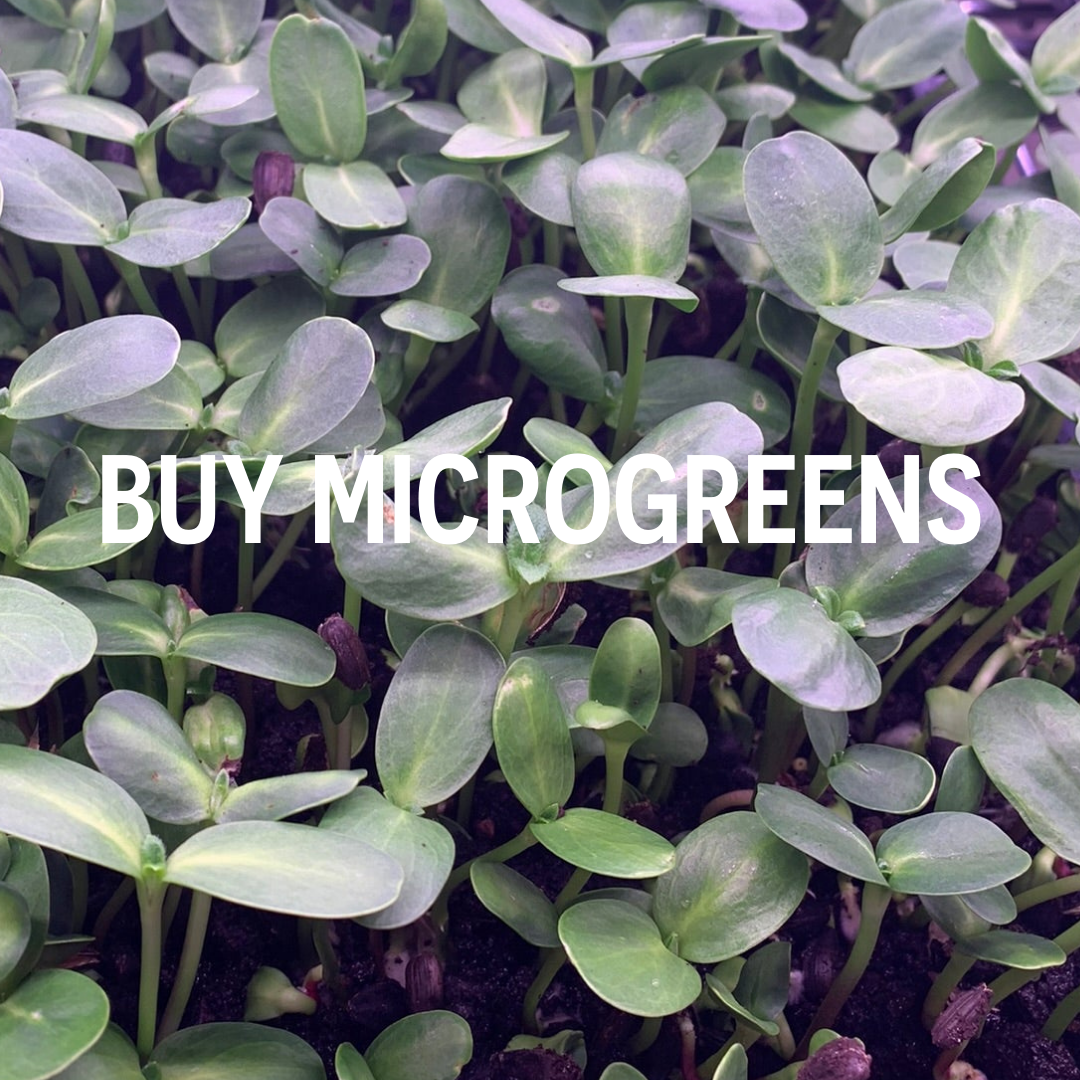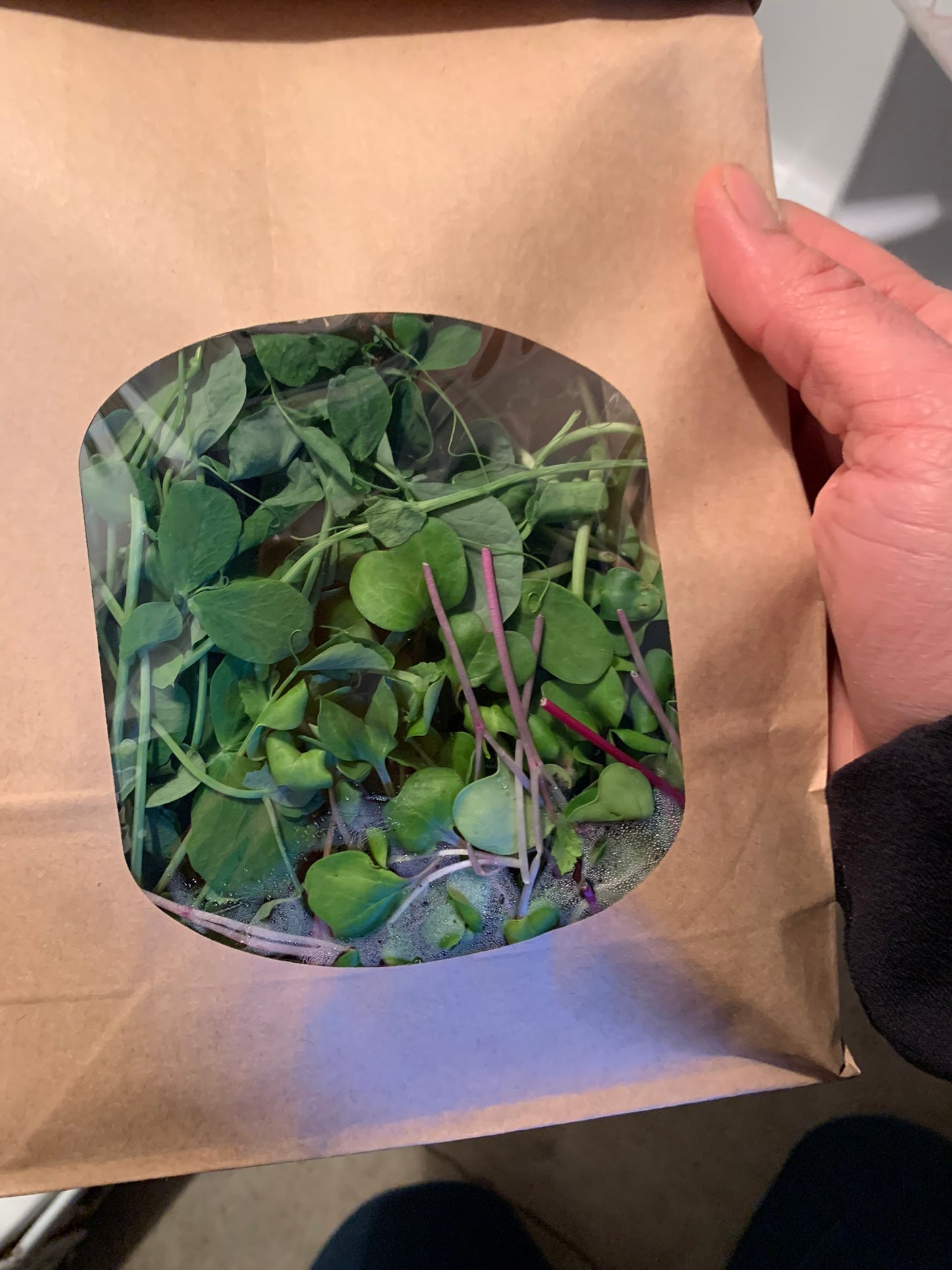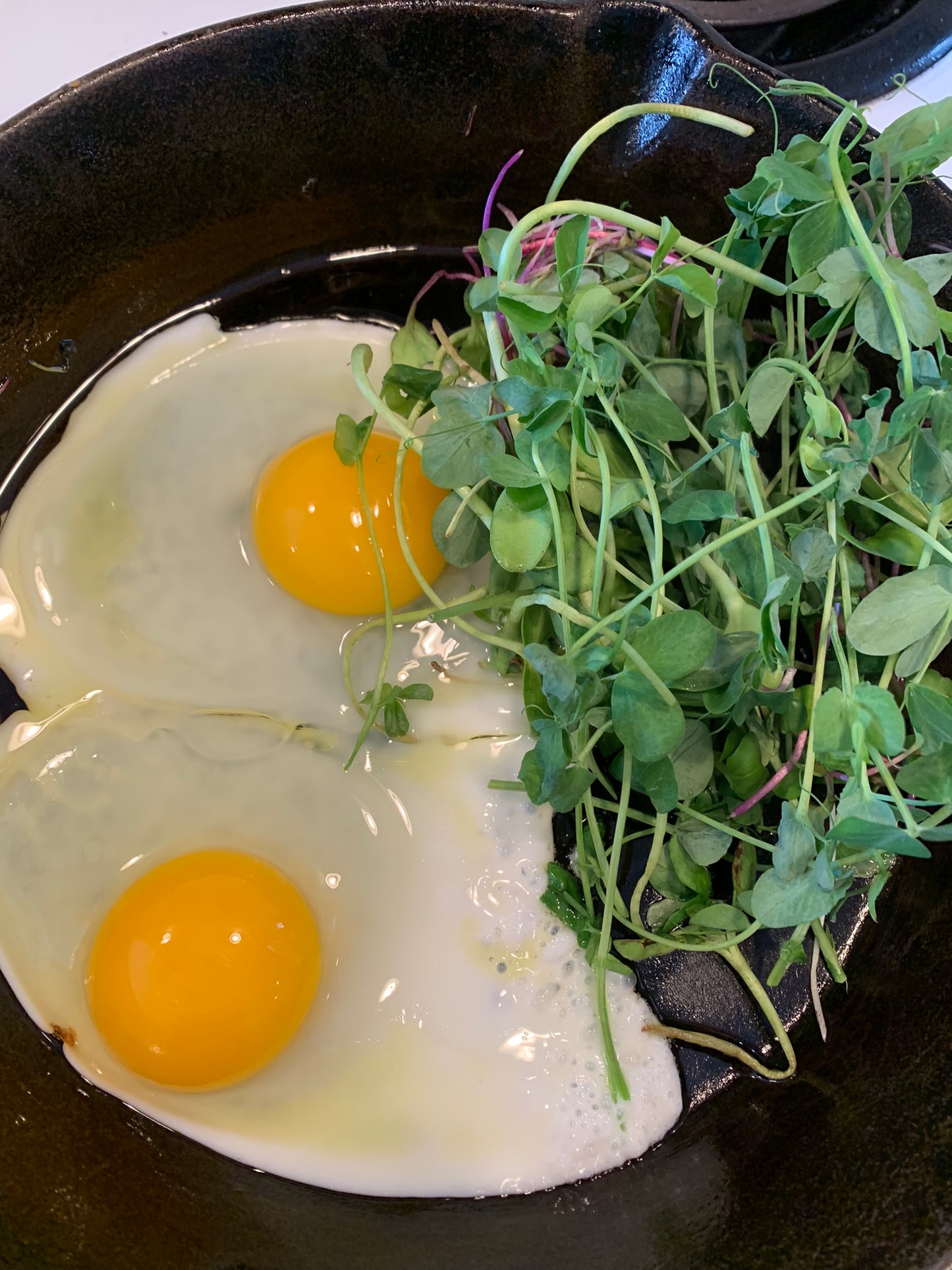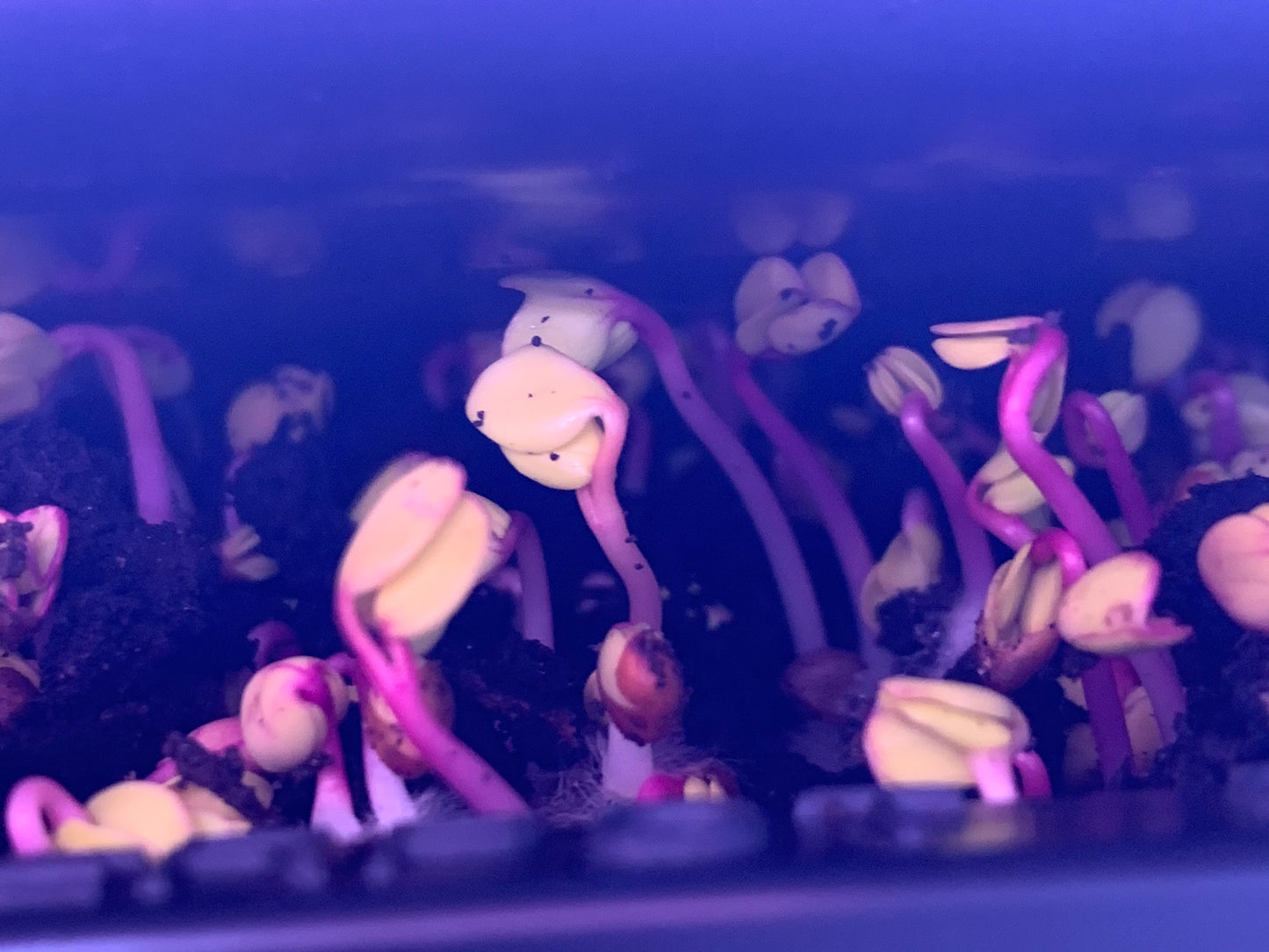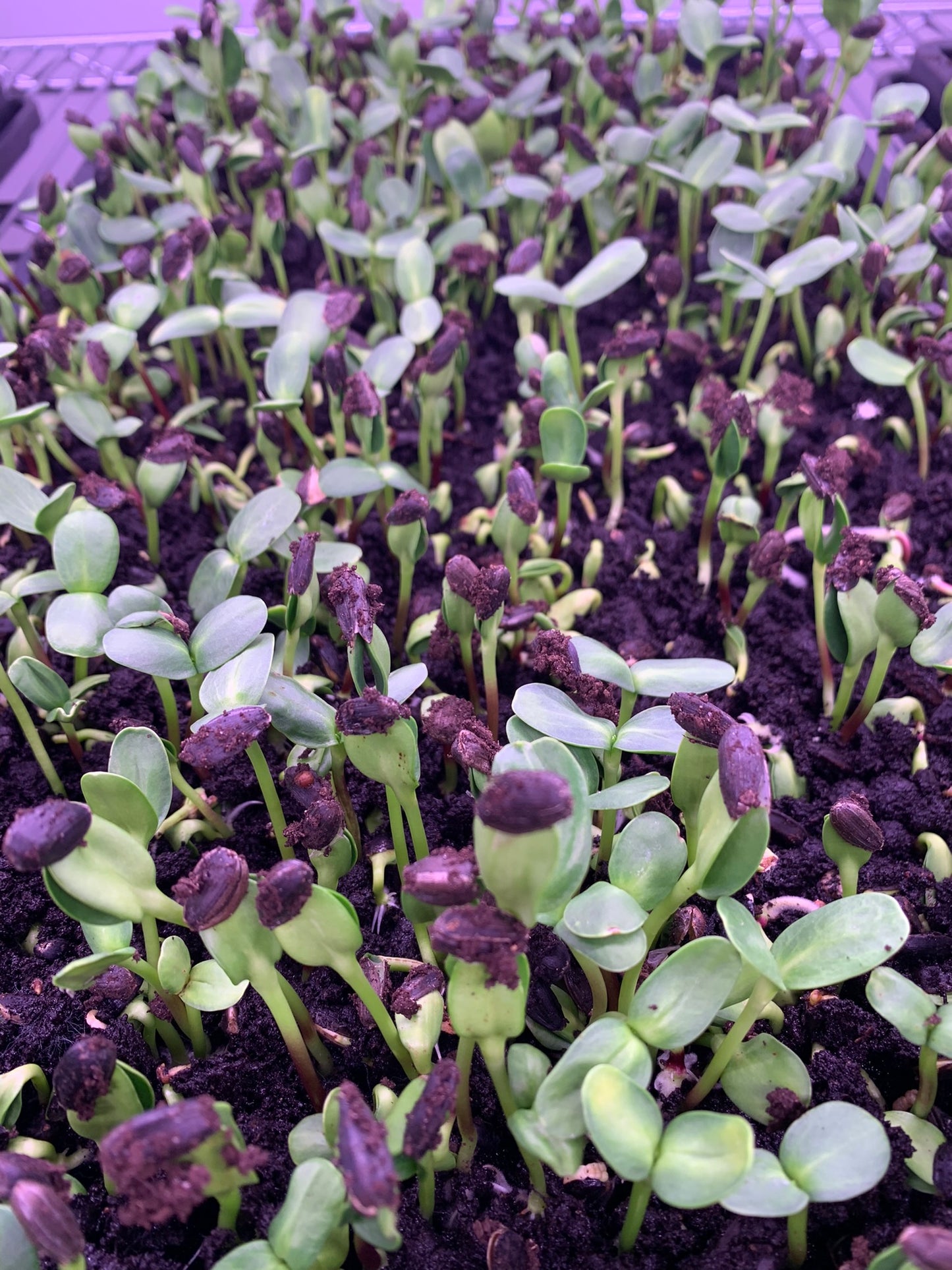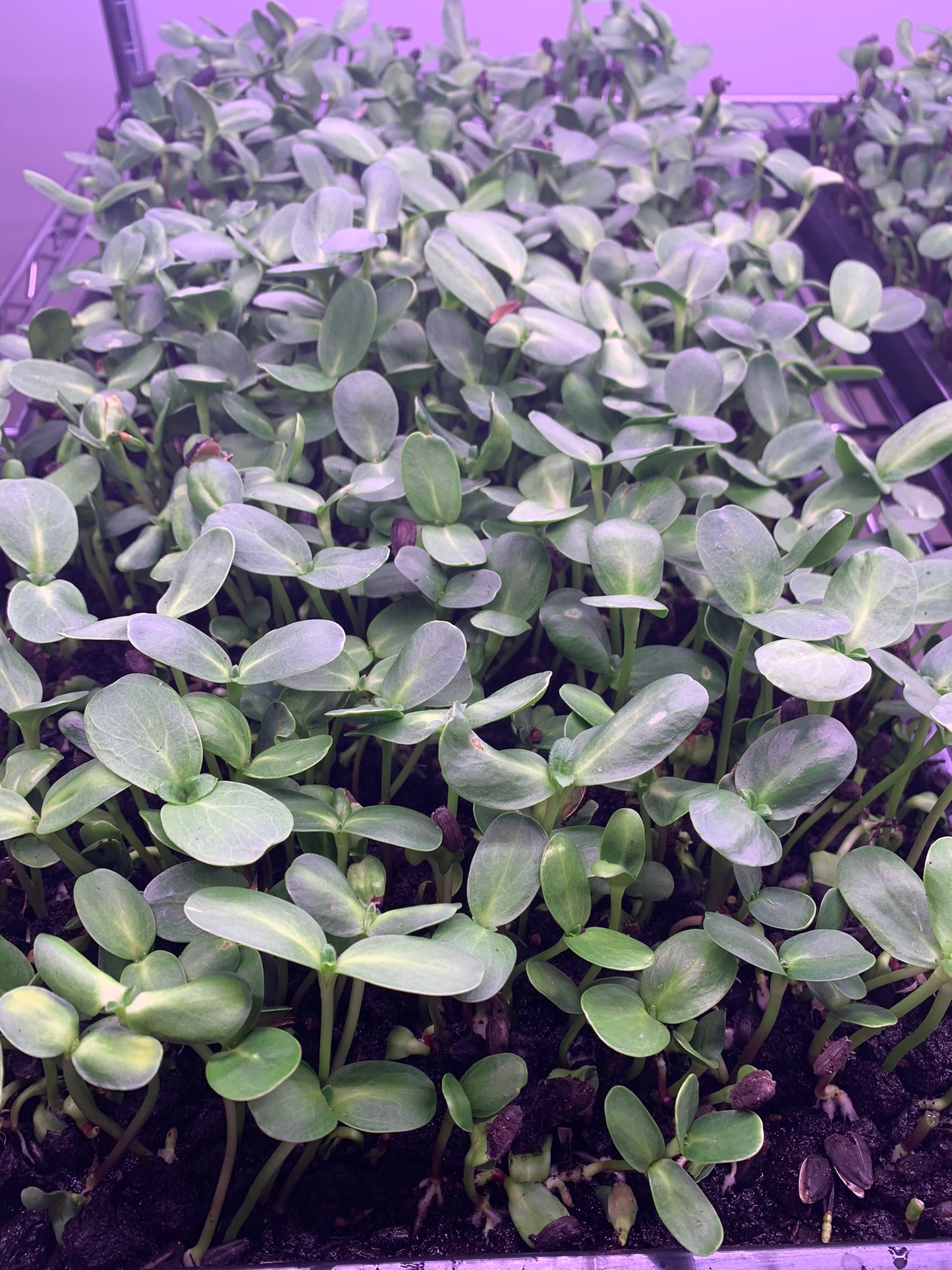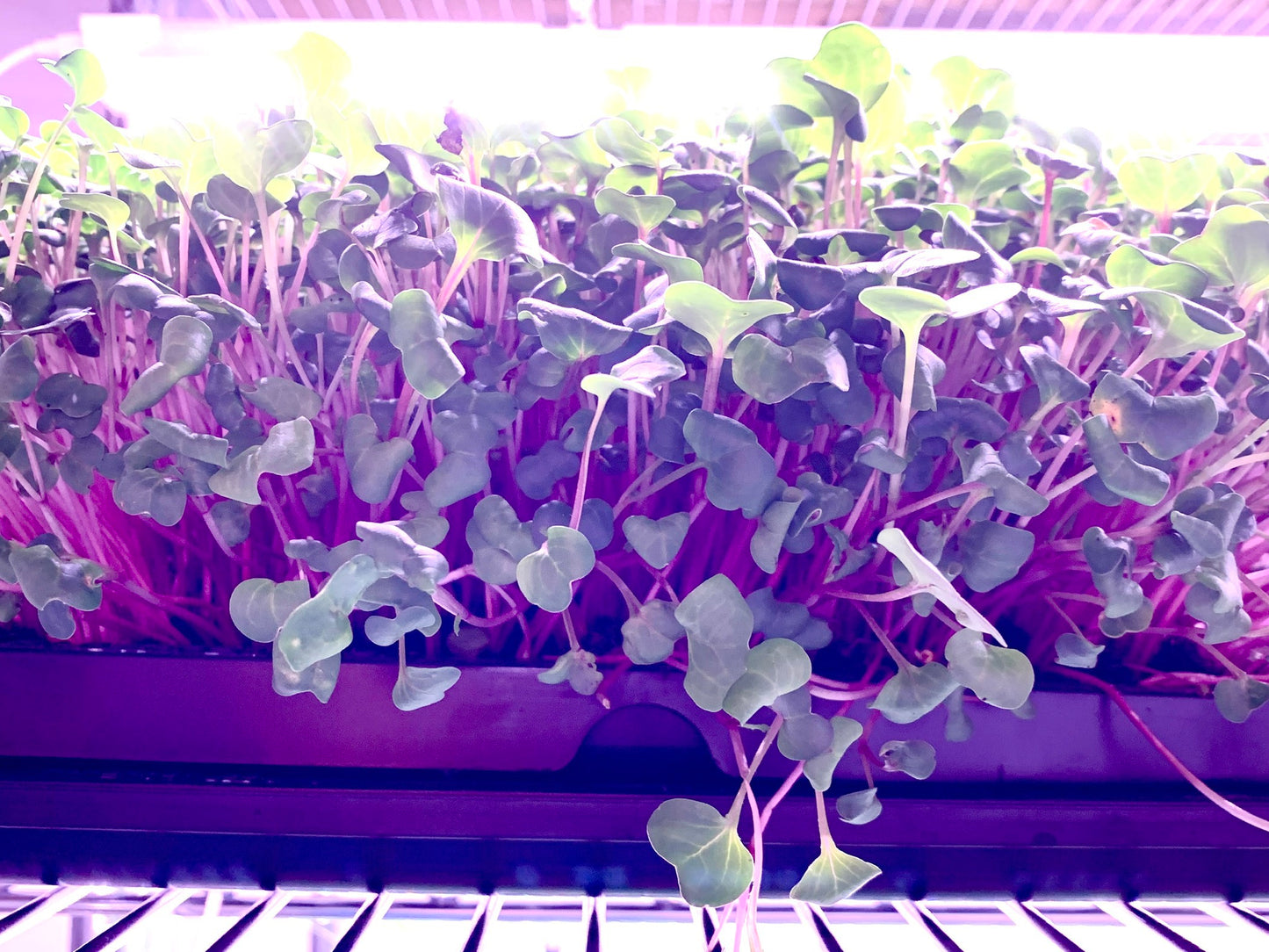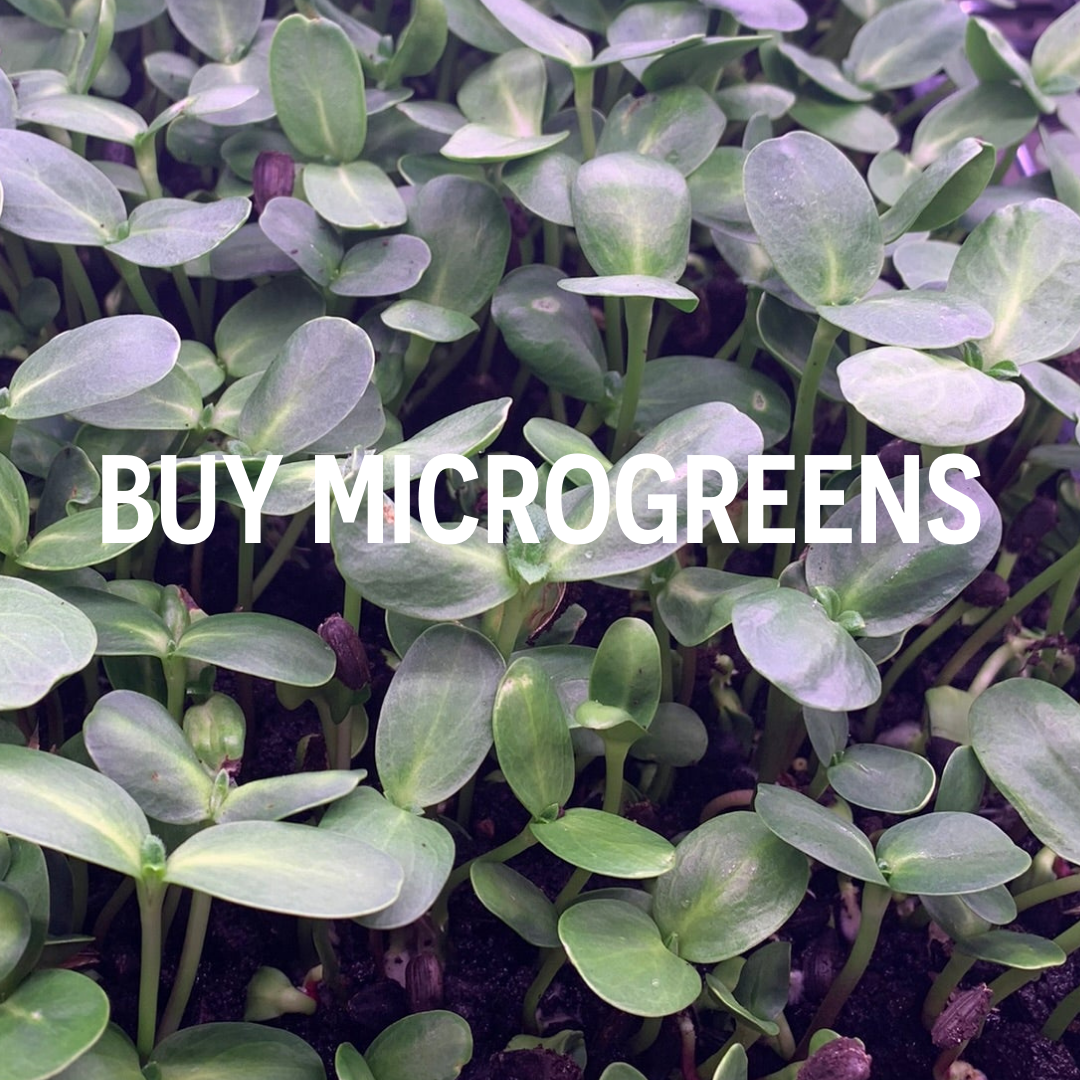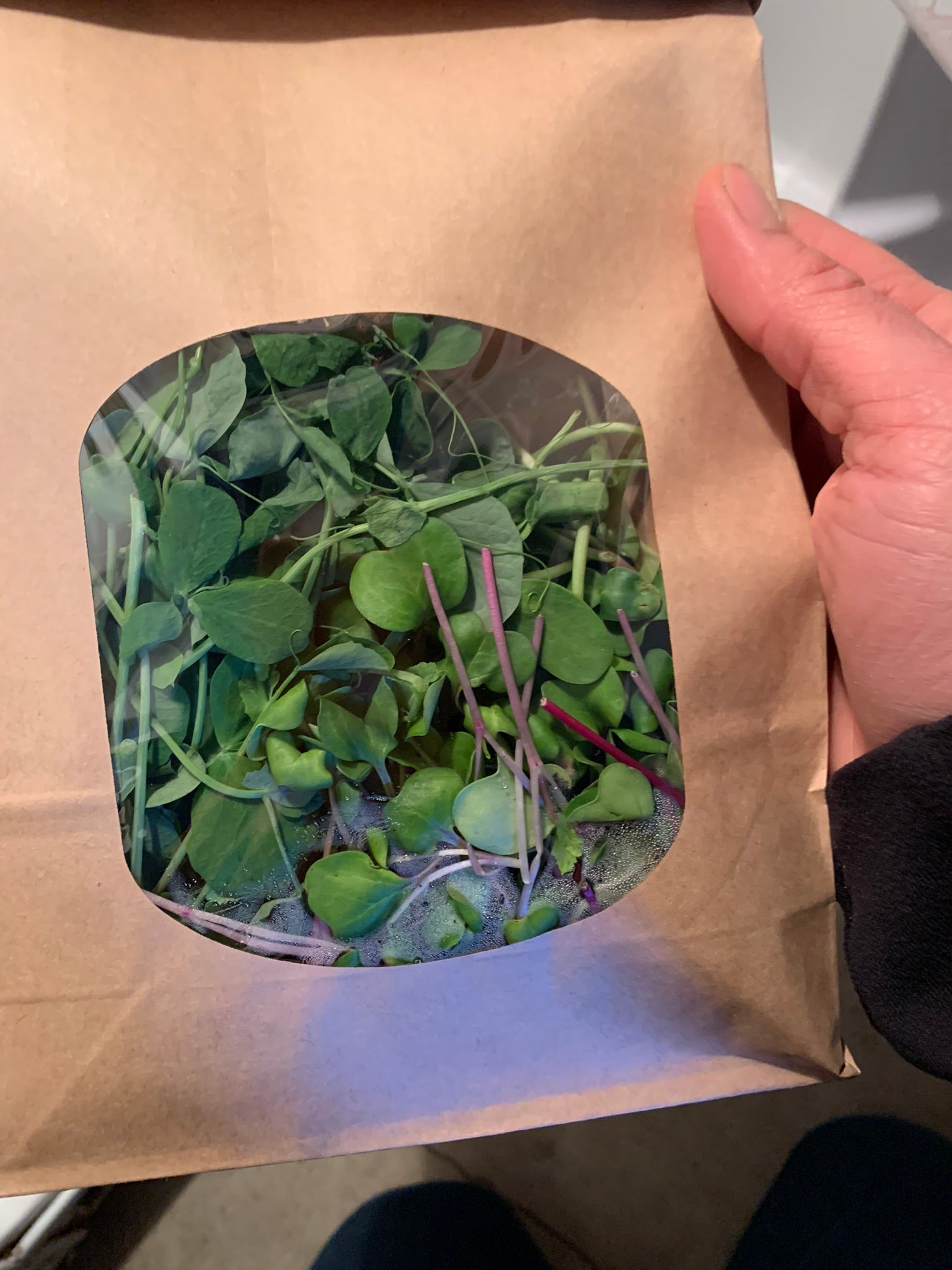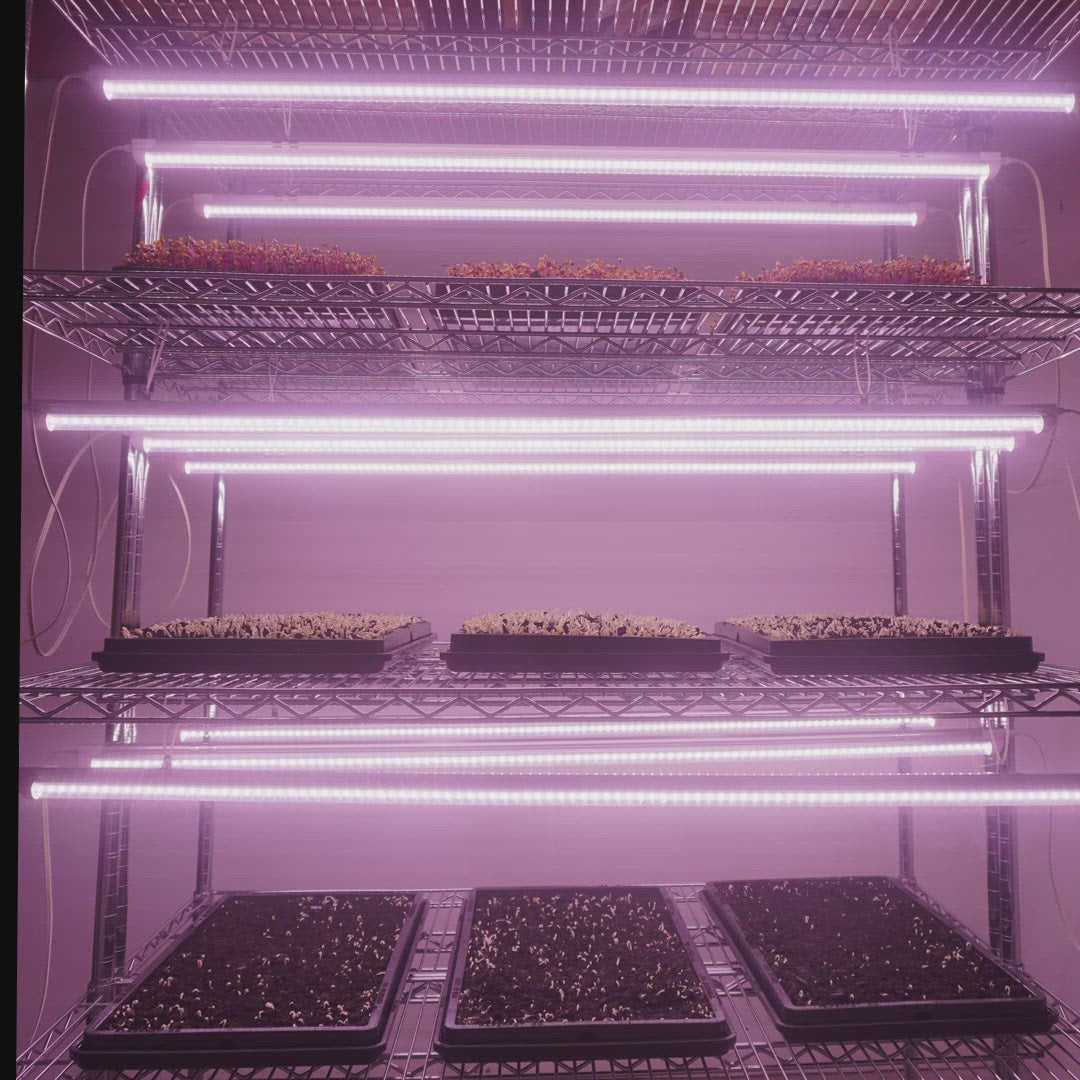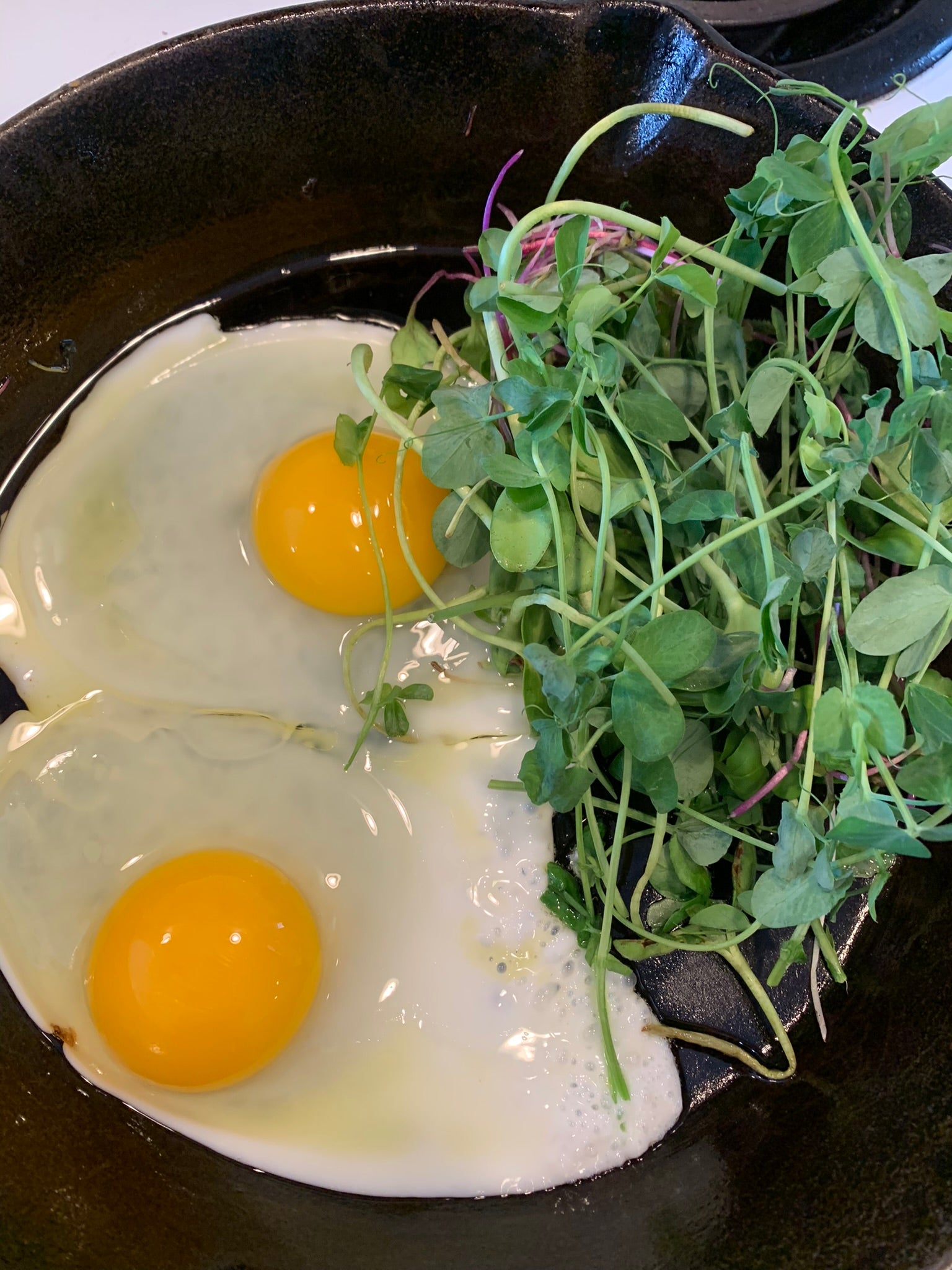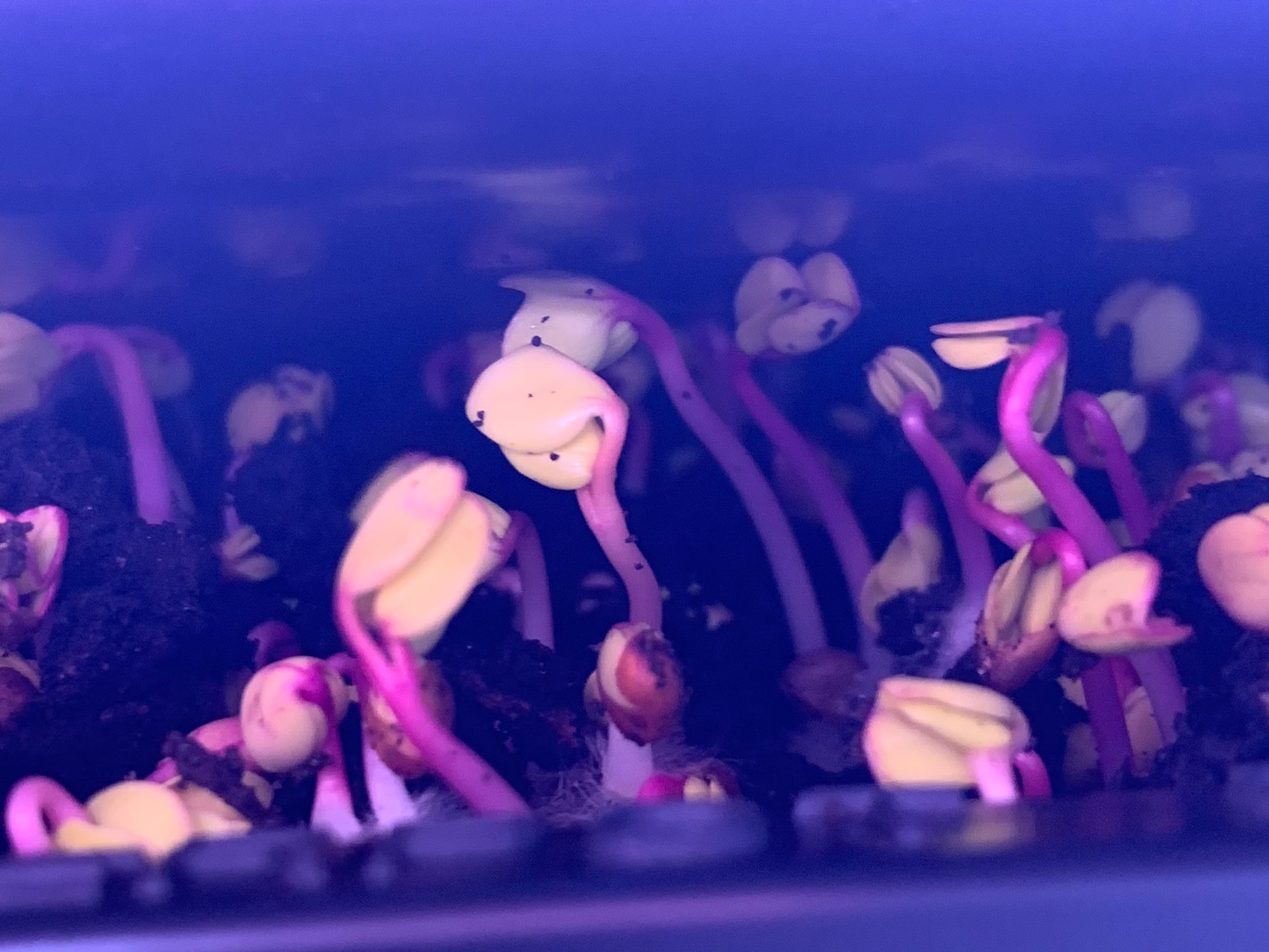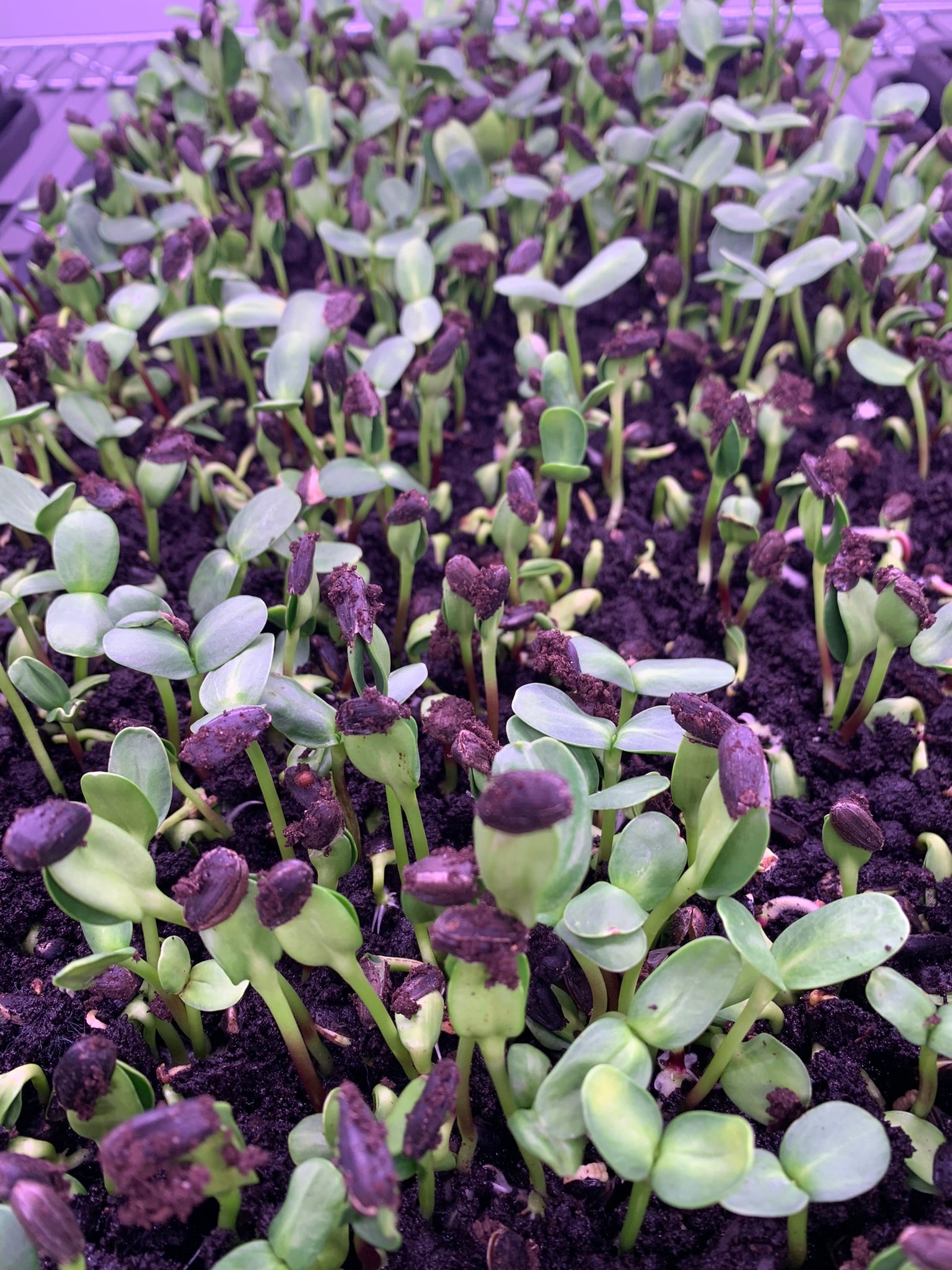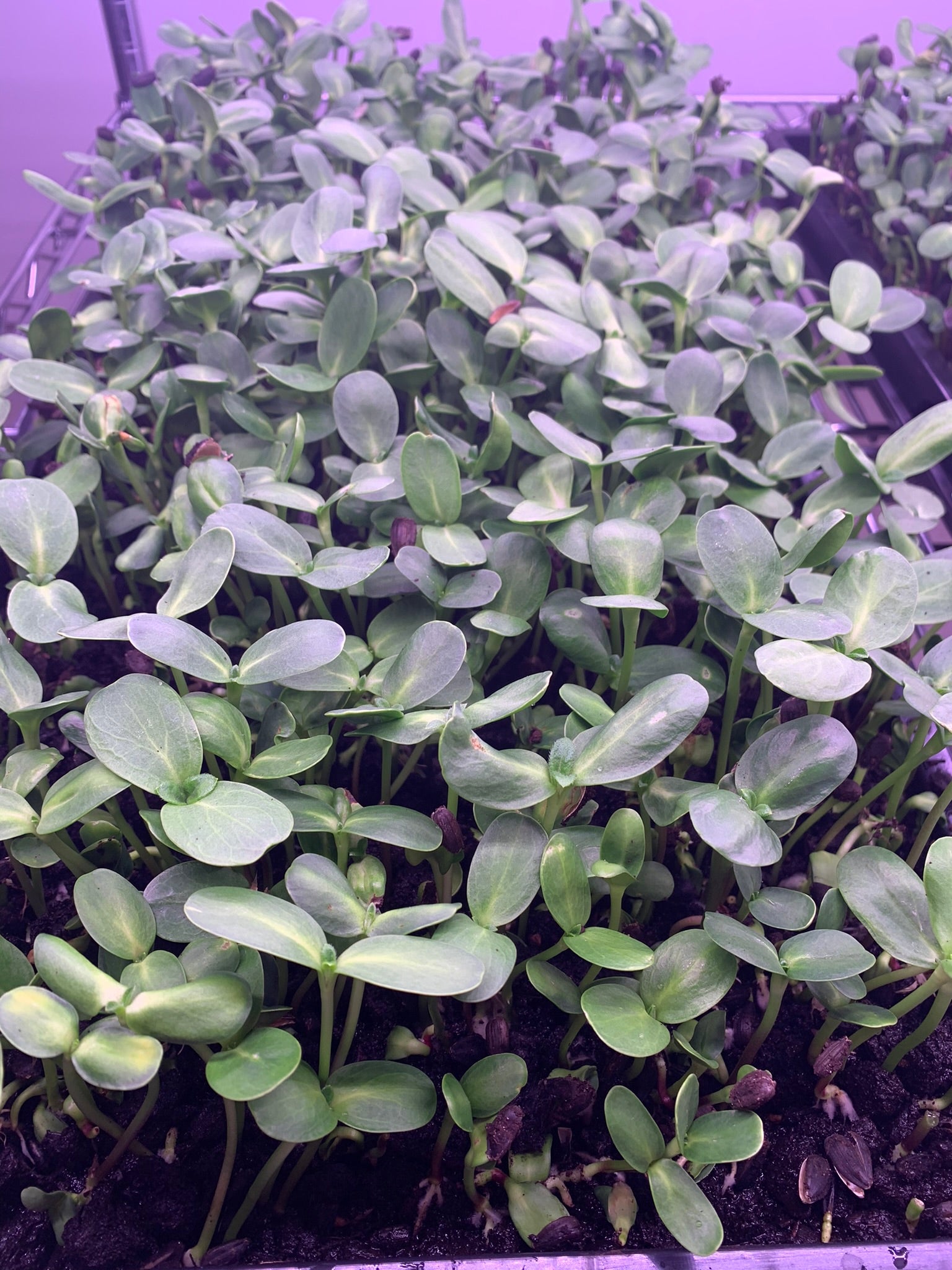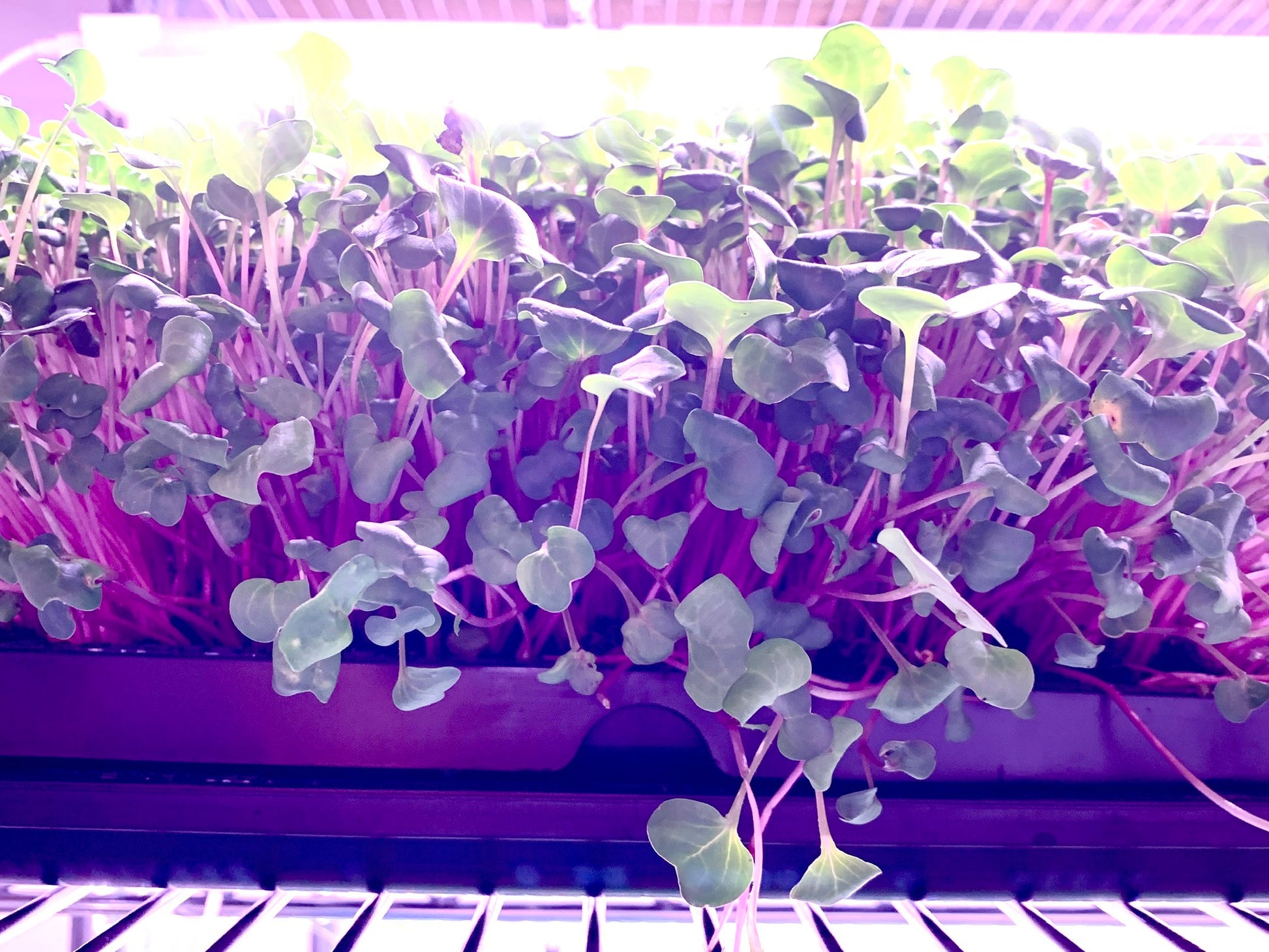Provenance Farms
In stock
Microgreens Mix (Radish, Sunflower, Pea, Broccoli) 200g
Microgreens Mix (Radish, Sunflower, Pea, Broccoli) 200g
Couldn't load pickup availability
Sprouted over two weeks from organic pea, radish, and sunflower seeds.
Why Microgreens?
Taken from this article published in the National Library of Medicine titled Ongoing Research on Microgreens: Nutritional Properties, Shelf-Life, Sustainable Production, Innovative Growing and Processing Approaches
“Microgreens” is a marketing term used to describe young and tender edible seedlings harvested when the cotyledonary leaves have fully developed and the first true leaves emerge. This category of vegetables presents different traits as compared to the already known sprouts and the common baby leaf vegetables [1,2].
Microgreens are gaining increasing interest as potential functional foods, due to their relevant contents of micronutrients and bioactive compounds [3,4,5,6,7]. They are gaining popularity also due to their varying and attractive colors, textures, and flavors [8].
Pea
Pea microgreens have an appealing texture and flavour, and can stand alone as a salad on their own. They also add a nice touch to stir-fries, but be sure to add them near the end of cooking, so they maintain their magical crunch.
Red Radish
The vibrant and colourful stems on these red radish makes them a delightful garnish. Flavour is mildly spicy with the classic radish kick.
Sunflower
Contain about 25% protein. They are big and succulent like mung bean sprouts, but with large, prominent cotyledons (first leaves). They have a surprisingly sweet and mild taste reminiscent of carrots. Add some of these delicious black oil sunflower microgreens to a salad or sandwich, or serve as a refreshing and nutritious side dish.
Broccoli
Broccoli microgreens are a concentrated source of nutrients, including sulforaphane, a compound with powerful antioxidant and anti-inflammatory properties. Sulforaphane activates the Nrf2 pathway, which regulates the production of detoxification enzymes and protects cells from oxidative stress, inflammation, and even carcinogenic damage (Kensler et al., 2013)[9]. Studies have shown that broccoli microgreens contain up to 40 times more glucoraphanin—the precursor to sulforaphane—compared to mature broccoli heads, making them an exceptionally potent dietary source (Fahey et al., 1997)[10].
How are these regenerative?
We use the spent soil and roots as treats for our chickens. Every two weeks they get to eat what doesn't get harvested. It goes right back into their egg and meat production.
9. Fahey, J. W., Zhang, Y., & Talalay, P. (1997). Broccoli sprouts: An exceptionally rich source of inducers of enzymes that protect against chemical carcinogens. Proceedings of the National Academy of Sciences, 94(19), 10367-10372. https://doi.org/10.1073/pnas.94.19.10367
10. Kensler, T. W., Wakabayashi, N., & Biswal, S. (2013). Cell survival responses to environmental stresses via the Keap1-Nrf2-ARE pathway. Annual Review of Pharmacology and Toxicology, 47, 89-116. https://doi.org/10.1146/annurev.pharmtox.46.120604.141046
